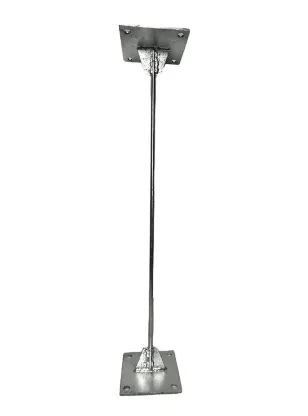loading...
- No. 9, Xingyuan South Street, Dongwaihuan Road, Zaoqiang County, Hengshui, Hebei, China
- admin@zjcomposites.com
- +86 15097380338
- Welcome to visit our website!
Exploring the Factors Influencing the Costs of FRP Vessel Production and Market Trends
Understanding FRP Vessel Pricing Factors and Trends
Fiber Reinforced Plastic (FRP) vessels have become increasingly prominent in various industries due to their lightweight nature, corrosion resistance, and durability. They are widely utilized in sectors such as chemical processing, water treatment, and pharmaceuticals. However, the pricing of FRP vessels can vary significantly based on a multitude of factors. Understanding these elements is crucial for businesses looking to invest in these advanced materials.
Firstly, the cost of raw materials plays a crucial role in determining the price of FRP vessels. The main constituents of FRP are fibers, such as glass or carbon, and a polymer matrix. The prices of these materials can fluctuate based on market demand, availability, and geopolitical factors. For instance, a surge in demand for carbon fibers in the aerospace industry can lead to a scarcity of supply for other sectors, consequently driving up costs.
Understanding FRP Vessel Pricing Factors and Trends
Moreover, design specifications and customization requirements significantly influence the price of FRP vessels. Vessels designed for specific applications, such as those requiring unique shapes, sizes, or additional features (like integrated fittings or insulation), can incur additional design and manufacturing costs. Customization often requires advanced engineering and increased testing processes, which further adds to the overall expense.
frp vessel price

Another crucial factor is the regulatory compliance and certifications required for FRP vessels, especially in industries such as food and beverage, pharmaceuticals, and oil and gas. Meeting industry-specific standards can involve rigorous testing and certification processes, which contributes to higher upfront costs but is essential for ensuring safety and quality.
The geographic location of both the manufacturer and the end user also affects pricing. Transportation costs can vary greatly depending on how far the vessels need to travel, and logistical challenges can further complicate the pricing structure. Additionally, local market conditions and competition among manufacturers can lead to price fluctuations. In regions with a high concentration of FRP manufacturers, competitive pricing may be more prevalent, while areas with limited supply might experience inflated costs.
Market trends also play a vital role in influencing FRP vessel prices. With increasing awareness of environmental issues, there is a surging demand for sustainable materials and products. Consequently, manufacturers who adopt eco-friendly practices, such as recycling or using bio-based resins, may encounter higher production costs. However, these practices can also open up new markets and opportunities, potentially balancing out expenses over time.
Lastly, economic factors and global events can greatly affect FRP prices. For instance, disruptions caused by pandemics, trade policies, or international conflicts can lead to supply chain challenges that result in price hikes. Conversely, economic downturns can diminish demand, prompting manufacturers to lower prices to remain competitive.
In conclusion, pricing for FRP vessels is influenced by a complex interplay of raw material costs, manufacturing processes, design specifications, regulatory requirements, geographical factors, market trends, and broader economic conditions. Understanding these factors is essential for businesses looking to make informed purchasing decisions and engage effectively in the evolving market for FRP vessels. As industries continue to prioritize sustainability and innovative design, the importance of these materials is likely to grow, along with their pricing dynamics.
-
GRP Structures: The Future of Lightweight, High-Performance EngineeringNewsJun.20,2025
-
FRP Water Tank: High-Performance Storage for Corrosive and Clean Water SystemsNewsJun.20,2025
-
FRP Square Tube: The New Industry Standard for Chemical and Structural ApplicationsNewsJun.20,2025
-
FRP Pultruded Profiles: The Ultimate Choice for Lightweight Structural StrengthNewsJun.20,2025
-
FRP Handrails: The Safer, Smarter, and Stronger Choice for Modern InfrastructureNewsJun.20,2025
-
FRP Grating: The Smart Solution for Durable, Lightweight Industrial FlooringNewsJun.20,2025
-
Why Choose a Galvanized Water Tank for Your Storage NeedsNewsMay.21,2025
